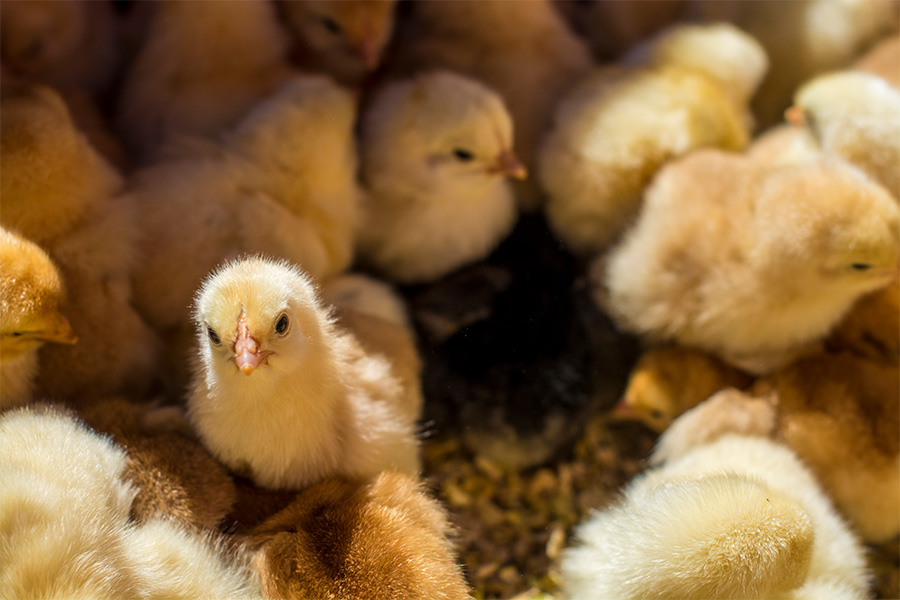Departments
-

C 1015
Peanut Response to Dicamba
The objective of this publication is to provide county agents, peanut growers, crop consultants, agri-business personnel, etc. with information that can assist them in making appropriate management decisions after a suspected dicamba drift/volatilization or sprayer contamination problem has occurred.
Timothy Grey and Eric Prostko
|
-

When competing in youth horse judging contests or events at horse shows, it is important to have a good understanding of basic performance events that may be encountered. This publication is designed to give a basic overview of common hunt seat and western pleasure performance classes. It is by no means comprehensive of all events that may be seen and does not go in-depth on any one event.
Kylee Duberstein
|
-

In this report, analysis of data and results from previous studies are used to provide information concerning the peanut price support issue. This publication is provided for information purposes so that industry leaders may use it in their decision-making process.
Stanley Fletcher
|
-

This publication discusses tropic croton identification and control in cotton and peanut.
Stanley Culpepper and Eric Prostko
|
-

The main objective in brooding chicks is to efficiently and economically provide a comfortable, healthy environment for growing birds. Temperature, air quality, humidity and light are critical factors to consider. Failure to provide the adequate environment during the brooding period will reduce profitability, resulting in reduced growth and development, poorer feed conversion, and increased disease, condemnation and mortality.
Brian Fairchild
|
-

Eclipta is considered to be one of the world’s worst weeds. This publication discusses the identification and control of eclipta in peanut.
Eric Prostko
|
-

The Dairy Business Analysis Project was initiated in 1996 to measure and document the financial performance of Florida dairy businesses using standardized accounting measures, so uniform comparisons could be made among participants. Formal collaboration between the Universities of Florida and Georgia began in 1998. This publication presents the results from fiscal year 1999 information.
Lane Ely
|
-

B 1203
Dairy Genetic Benchmarks
This publication provides genetic benchmarks for Holstein herds processed by Dairy Records Management Systems. Examples for using and applying benchmark values are provided; however, this publication should be viewed primarily as a comprehensive resource of genetic benchmark values. These values will be useful to dairy producers, dairy managers, consultants, veterinarians and agribusiness representatives as a first step in the evaluation of the genetic program of a herd.
Warren Gilson, Lane Ely, Lawton Stewart, Angelica Chapa, and James Smith
|
-

Aflatoxin is formed in stressed plants by the mold Aspergillius flavus. The mycotoxin is produced by an actively growing mold. The mold can be present without mycotoxin formation or the mycotoxin may be present without the mold. The formation of the mycotoxin can occur during storage if the feed is not kept dry. Aflatoxin can be found in many grains and forages but is most commonly found in corn, cottonseed, and peanuts. Recent data indicates the above levels may not be safe for periods of prolonged feeding.
Lane Ely
|